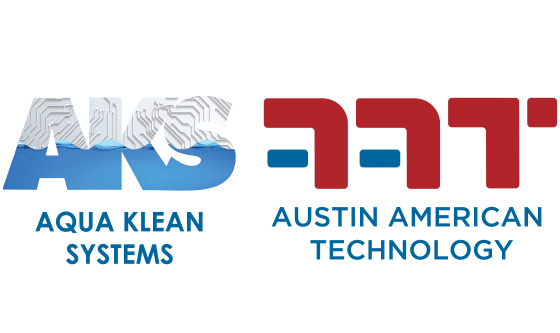Mike Bixenman, D.B.A.
Kyzen Corporation Nashville, TN
Optimizing Batch Cleaning Process Parameters for Removing Lead-Free Flux Residues on Populated Circuit Assemblies
Dale Lee
Plexus Corporation, Neenah, WI
Bill Vuono
TriQuint Semiconductor, Richardson, TX
Steve Stach
Austin American Technology, Burnet, TX
Abstract
The data findings from the QFN Design Considerations to Improve Cleaning presented at SMTAI 2013 found that the level of flux residue is lessand cleaning improves from open spaces under the bottom termination, higher component clearance, and the ability for air to flow and exhaust during reflow. The data conclusively found that when flux volatiles outgas and escape from under the component during reflow, flux residue volatile ingredients exhaust with the remaining residue forming around the solder joints. This opens up flow channels to allow the cleaning fluid to penetrate, wet and dissolve remaining residues. The 2013 research paper studied different ground pad designs with the addition of via holes within the ground pad penetrating to the back side of the board. The via holes allowed flux volatile ingredients to outgas and escape during reflow and for some of the flux residue to drain to the back side of the board. The level of flux residue under the bottom termination reduced upwards to 80% less residue within the streets and around pads. The purpose of the follow on research is to place non-plated via holes within the QFN streets four quadrants. Learning from the 2013 research data findings, the research hypothesis for this study predicts that the non-plated via holes will allow to air to penetrate and exhaust during reflow resulting in less residue under the bottom termination. The major benefit is that less residue prevents flux bridging. With an open flow channel under the component, cleaning fluids penetrate at a faster rate, which allows for reduced cleaning time and more consistent cleaning.
Introduction
Electronic devices are the backbone for new innovations that enable marketdisruption and changethe way we do things today. Packaging that enables these devices are continuing to miniaturize. Components that are joined with surface mountcontinue to improve functionality while challenging assembly operations. As bump diameters reduce, bump pitch also has to reduce. Componentpitches of 0.3-0.5 mm are now common place. As bump pitch narrows, package height reduces. Standoff gaps continue to narrow as well, with less than 2 mils of clearance space from many small leadless / bottom termination components and packages. Components with extremely tight gap heights can create assemblychallenges. Solder spheres are combined with a flux composition to make solder paste. The flux component is extremely important to enable high yield on many processes. The first process is stencil printing. Assemblies with miniature components have a much smaller process window.1During stencil printing, particle size,rheology, slump and viscosity must enable aperture fill and release.
